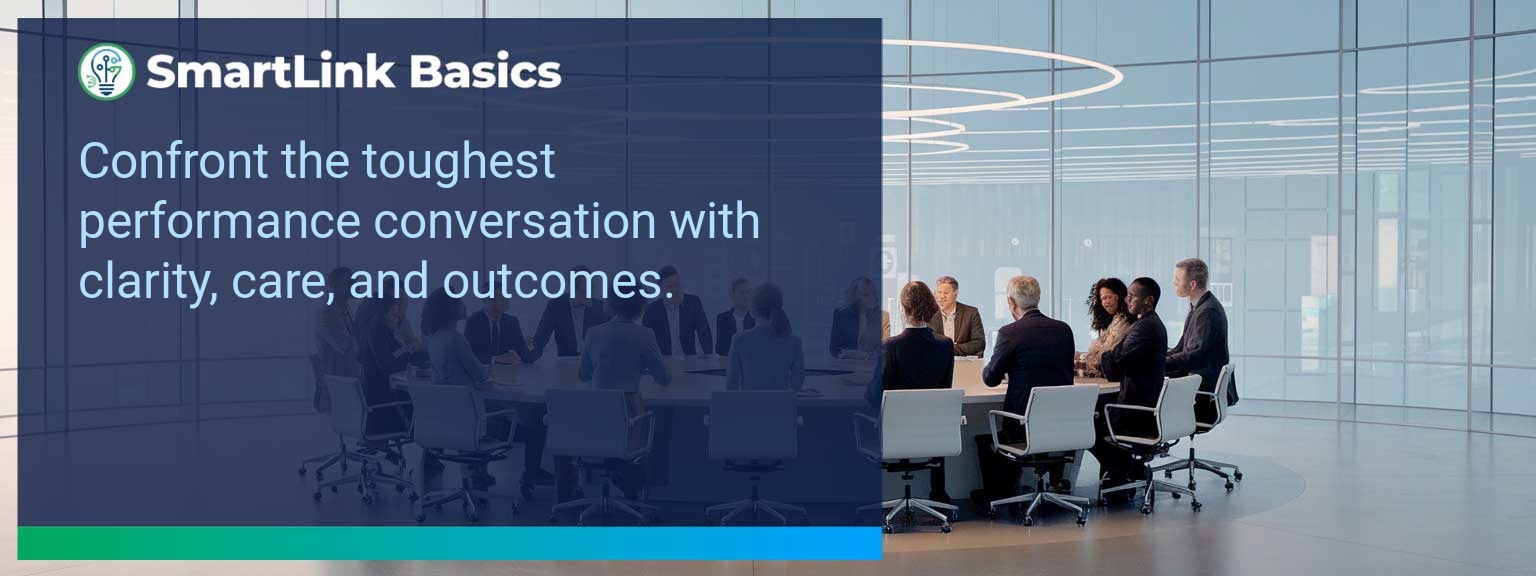Industry data shows that organizations adopting AI-driven automation achieve cost reductions of up to 30% while accelerating sales cycles by 20% or more (McKinsey, 2024). For sales leaders, AI automated workflows now define competitive advantage, enabling teams to reallocate time from repetitive tasks to high-value engagements. At SmartLink Basics, we help decision-makers implement these systems strategically, ensuring they integrate with existing revenue operations. In this article, you’ll see how AI automated workflows power business outcomes, the common obstacles that slow adoption, and practical steps to optimize processes. You’ll walk away with proven examples, a 90-day action blueprint, and measurable KPIs to track results.
- Automate repetitive administrative and CRM updates with AI.
- Integrate machine learning to personalize outreach at scale.
- Streamline approvals, quotes, and contract workflows for speed.
- Use predictive analytics to prioritize sales opportunities.
- Track adoption and performance with targeted metrics.
AI Automated Workflows: What Changed and Why It Matters
AI adoption has shifted from experimental to operational, making automated workflows a standard in high-performing sales organizations. The real advantage lies in combining workflow automation with artificial intelligence workflows to optimize every step of the revenue process. Sales leaders now use AI to synchronize touchpoints, reduce manual inputs, and ensure faster execution. For example, a B2B SaaS leader introduced automated lead enrichment and routing, cutting qualification time by 60%. Actionable insight: Audit processes for time-intensive handoffs and apply AI where repeatability is high.Redesign the Revenue Operating System With AI Automated Workflows
ICP, Segmentation, and Targeting AI-enabled segmentation uses historical wins, firmographic, and behavioral data to dynamically update ICP profiles. This ensures targeting precision without quarterly re-work. Pipeline Architecture Automated workflows push opportunities through the right stages based on engagement signals. AI flags at-risk deals for intervention. Plays and Messaging Integrated automation tools deliver personalized sequences based on buyer activity, increasing relevance at every touchpoint. Operating Cadence AI schedules follow-ups, forecast calls, and account reviews based on actual pipeline movement rather than static calendars. Actionable insight: Implement automation that adapts in real-time to both internal and buyer-driven events.Common Obstacles To Achieving Seamless Automation
The most frequent challenges are fragmented systems, inconsistent data quality, and cultural resistance. Without a unified data layer, automation amplifies errors rather than solving them. Coca-Cola Europacific Partners reported needing a full data governance upgrade before AI could improve sales workflows. Leaders must first assess infrastructure readiness and train teams to trust AI-influenced recommendations. Actionable insight: Before deployment, establish clean data practices and a single source of truth.Implementing AI To Optimize Workflows
Effective deployment of AI process optimization starts with mapping current-state processes, identifying friction points, and matching them with automation tools. For example, automating proposal generation based on CRM opportunity data can reduce turnaround from three days to one hour. Solutions combining business process automation platforms with machine learning integration enable continuous performance improvement. Actionable insight: Pilot in one high-impact stage, measure, and then expand.Tangible Benefits From Automated Processes
The benefits extend beyond time savings — sales leaders gain a scalable system. Tangible outcomes include faster quote-to-close, higher lead conversion, and better forecast accuracy. A manufacturing firm implemented AI-assisted order processing and cut errors by 40%, improving on-time delivery rates. Actionable insight: Track both speed and accuracy to measure workflow automation effectiveness.Metrics That Matter
| Category | Metric | Definition | Target |
|---|---|---|---|
| Leading | Workflow Completion Rate | % of automated sequences executed without manual intervention | 95%+ |
| Leading | AI Suggestion Adoption Rate | % of AI-generated action recommendations executed by reps | 80%+ |
| Lagging | Cycle Time Reduction | Decrease in time from lead entry to closed-won | 20%+ |
| Lagging | Revenue Per Rep | Average sales revenue generated per sales rep per quarter | +15% YoY |
| Quality | Automation Error Rate | % of workflows that trigger incorrect outcomes | <1% |
| Quality | Customer Satisfaction Post-Automation | Average CSAT score after automation implementation | ≥ 4.5/5 |
Innovations And Next Steps For AI Automation
Emerging capabilities like AI-generated playbooks, intent-driven dynamic routing, and integrated AR for virtual product demos are shaping the next wave of sales automation. Companies integrating these tools early will outpace competitors in speed and personalization. Actionable insight: Stay ahead by testing emerging automation features quarterly and aligning them with evolving buyer expectations.Get the 90-day plan, coaching rubric, and dashboard template to operationalize AI in your enablement program.
Turning AI Automation Into a Revenue Multiplier
AI automated workflows are now a strategic lever for predictable, scalable growth. This guide outlined current applications, adoption challenges, a 90-day execution plan, and measurable success criteria. To make automation pay off, sales leaders should integrate tools into one cohesive operating system and review results monthly for continuous improvement. Access more AI-driven sales enablement resources from SmartLink Basics to design a high-performance automation strategy. High-performing sales organizations thrive on clarity, accountability, and actionable insights. According to SmartLink Basics, one of the most influential drivers of sustainable revenue growth is the ability of sales leaders to provide constructive feedback that both motivates and corrects performance. This is not about telling people what they want to hear—it’s about delivering fact-based guidance that aligns with strategic goals. With the right sales leadership strategies, leaders can transform individual shortcomings into opportunities for sales performance improvement. This guide will show you how to identify communication gaps, implement structured feedback methods, and measure the impact, ensuring your sales team is equipped for sustained growth.- Define feedback as a structured, data-supported leadership tool.
- Identify communication gaps to target improvement areas.
- Implement proven frameworks for constructive feedback.
- Track both qualitative and quantitative impact metrics.
- Build feedback into your long-term sales growth plan.
Identifying Gaps In Team Communication
Sales leaders often discover that performance dips are rooted not in capability issues but in unclear expectations and inconsistent communication. Without a shared understanding of objectives, messaging, and follow-up standards, otherwise strong professionals can miss key outcomes. Leaders must systematically assess where alignment breaks, whether in pipeline updates, account handoffs, or deal qualification stages. For example, a team might hit activity targets yet struggle with conversion rates because messaging varies widely between reps. By auditing call recordings, deal notes, and CRM updates, you can pinpoint where communication errors lead to lost opportunities. Actionable insight: Document and standardize critical points in sales conversations and ensure this framework is reinforced in all coaching sessions.Implementing Practical Feedback Frameworks
Using structured models ensures feedback remains consistent, actionable, and tied to outcomes. One effective approach for sales team management is the SBI model (Situation, Behavior, Impact), which focuses on factual descriptions rather than subjective judgment. This method reduces defensiveness and accelerates understanding. For instance, instead of saying, “Your pitch needs work,” you might say: “In yesterday’s call (Situation), you skipped the customer’s priority topic (Behavior), which reduced their engagement (Impact).” Such clarity supports faster course correction and builds trust. Actionable insight: Train managers to deliver both reinforcing and corrective feedback routinely, using the same structured format to create a performance-focused culture.Measuring Performance Improvements
If you cannot measure the effects of your feedback, you cannot manage its value. Metrics should focus not only on revenue growth but also on leading indicators like deal progression speed, opportunity-to-meeting conversion, and adoption of prescribed sales coaching techniques. Consider a baseline period before introducing new feedback processes, then compare results after 60–90 days. For example, if average deal cycle time decreases by 15%, it suggests improved qualification and communication efficiency. Actionable insight: Align performance tracking with your CRM data fields to ensure feedback effectiveness is visible, measurable, and repeatable.Sustaining Long Term Sales Growth
The most impactful sales leadership strategies embed feedback into the team’s operating rhythm rather than treating it as an ad hoc event. This creates a feedback loop where insights, adjustments, and results cycle continuously, reinforcing desired behaviors. Sustainable sales growth depends on consistent reinforcement of skills, evolving messaging, and leadership’s ability to adapt guidance based on data. For example, quarterly reviews should combine lagging results (revenue, win rates) with leading indicators (pipeline fidelity, customer engagement levels) to guide next-quarter action plans. Actionable insight: Integrate feedback into pipeline reviews, deal coaching sessions, and performance check-ins to make it an unmissable part of the sales culture.Metrics That Matter
| Category | Metric | Definition | Target |
|---|---|---|---|
| Leading | Opportunity-to-Meeting Conversion | Percentage of identified opportunities resulting in scheduled meetings | >65% |
| Lagging | Revenue Per Rep | Total sales generated divided by active sales reps | $1.2M annually |
| Quality | Feedback Adoption Rate | Percentage of feedback items acted upon within 30 days | >80% |
Get the 90-day plan, coaching rubric, and dashboard template to operationalize AI in your enablement program.









